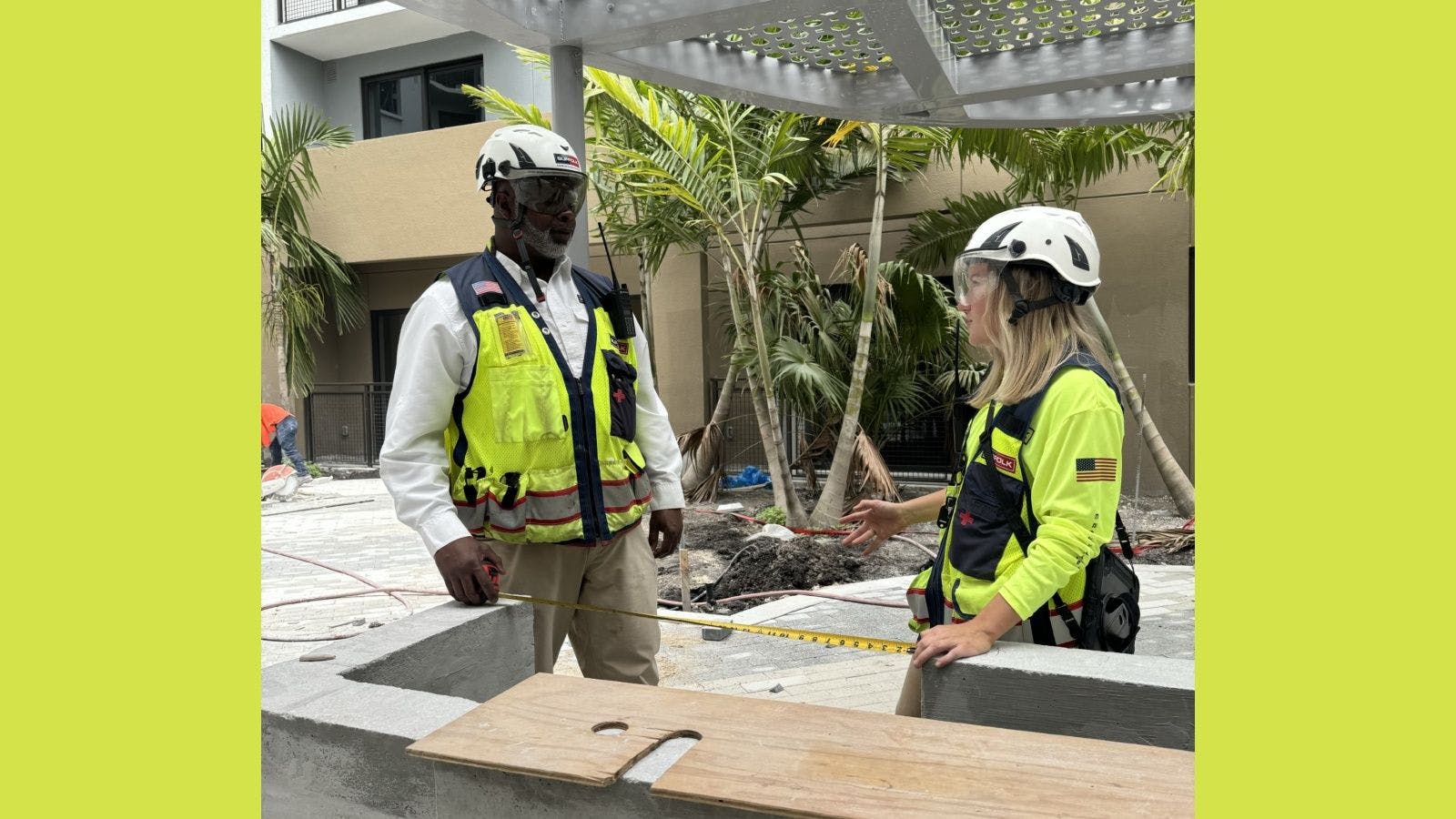
Get Creative for Post-Pandemic Construction Recruiting
Though the COVID-19 pandemic has put millions out of work, essential workers in industries like construction have continued. Considered part of the more than 17 million workers in infrastructure jobs that include construction site workers, electricians, plumbers, other skilled trades and project managers, the need for a consistent labor force is even more urgent. Questions about how to fill labor gaps due to illness, vulnerability to the pandemic and aging pose real challenges to companies.
While these labor gaps might seem insurmountable or—at the very least—unfillable, another way to look at it is an opportunity. Namely, this is an opening for construction executives to think outside of the box or, in this case, traditional populations where hiring occurs and instead look to untapped communities.
Outreach to student programs and schools
From trade schools to universities, students are not only willing but look forward to putting what they are learning into practice. Companies can deviate from long-term internship programs and instead engage in service learning, challenged-based projects and summer programs. For example, one company employs students at their construction sites every summer and after graduation, students participate in an executive course and take on middle management positions for a designated minimum amount of years. This helps to create loyalty and consistency especially with millennials and gen z potential employees who tend to stay at jobs for only two to four years.
Start apprenticeship programs
Not every student wants to go from high school to college. For this population, as well as military veterans, apprenticeships may be more attractive because it gets them out into the field faster and there is a work-as-you-learn/learn-as-you-work dynamic. Also, this allows companies to address gaps in labor immediately.
Use non-traditional partnerships such as nonprofit organizations or online platforms such as LinkedIn
There are a number of areas that are overlooked, and one of these are existing non-profit organizations whose whole missions are to provide workforce development. Construction has been an area where there is a low barrier for participation, or at least where participation can occur even if training has to happen as well. Non-profit organizations such as those focused on at-risk youth, anti-recidivism and family agencies are always looking to partner with companies that allow them to build a job training to work component. One of the strengths of these partnerships is that the agency often provides all of the socio-emotional and life skills support to stabilize workers for success.
Online platforms such as LinkedIn are being used more and more. Company human resource departments can use these platforms as a method for announcing jobs, recruitment and even interviewing. As LinkedIn becomes more sophisticated, the ability to learn about people’s stories in addition to their skills is invaluable in terms of determining fit and retention.
Widen networks to include marginalized communities
With the current emphasis on racial justice, the environment to participate in hiring through the inclusion of marginalized communities is a relevant and appropriate response for companies wanting to support social movements and demonstrate their commitment to change. Instead of offering donations, companies can create prospects for BIPOC (black, indigenous, people of color) workers.
According to the Bookings, this moment in time offers an opportunity to jump start long-term infrastructure careers. This will call for an increase in a dwindling labor force that was a challenge pre-pandemic. The good news is there are many ways to fill this gap and meet present and future construction needs.
Related stories








